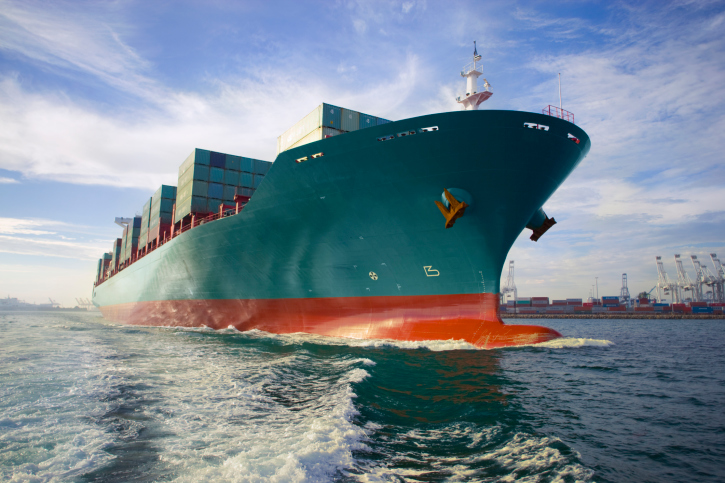Should Latin American SMEs consider the possibility of exporting their products to Brazil? Yes, because Brazil is the largest market in the region with almost 200 million inhabitants and because in addition to being a member of the Mercosur it has trade agreements with several countries in the region such as Chile and Bolivia, facilitating the entry of products into its territory.
Before consumption was concentrated in classes A and B (the higher income sectors) but now it has now expanded beyond these limits
If this information has convinced you to face the challenge of exporting to the verdeamarelho country, then you should investigate the characteristics of the Brazilian market. Below we provide answers to your possible questions.
- What are Brazil’s main imports? According to a document from the Brazilian Ministry of Foreign Affairs, “almost 20% of the country’s imports consist of chemical products. Also significant are machinery and equipment (10.5% of the total number), oil (10.4%), automobiles (8.6%) and communications and electronic material (7.5%). However, the percentage of import products is diversified, with a significant amount of imports of other products with different features such as metallurgical, medical-hospital, precision and industrial automation products, food and beverages, rubber and plastics, office machinery and agricultural goods.”
- How is the Brazilian market made up? According to the same report by the Brazilian Ministry of Foreign Affairs, the market of this country has changed significantly in recent years: while before consumption was concentrated in classes A and B (the higher income sectors), it has now expanded beyond these limits. Therefore, “foreign companies must no longer consider the Brazilian market as sophisticated and restrictive but as diversified and broad, offering several opportunities to producers of all types of goods, prices and quality.”
- How to identify prospective Brazilian importers? The Brazilian government offers two online tools that are very useful to SMEs in the region seeking to enter this market. In the first place, the Catalogue of Brazilian Importers (http://cib.brasilglobalnet.gov.br/frmPesquisa.aspx?Idioma=1.), provides online information on all the Brazilian companies that have imported in recent years. In second place, the Brazil Trade Guide (http://dtb.apexbrasil.com.br/Dafault.aspx?idioma=pt br), lists Brazilian companies specializing in exports and imports. Finally, of course, SME owners seeking to export to Brazil can use this site itself, ConnectAmericas, to contact prospective importers.
- What tariffs do I have to pay for my products in Brazil? According to the Banesto website, a Santander Group bank, Brazil’s average import tariff is 10.73% for emerging markets. Generally, agricultural products, fermented liquors, computer and telecommunication equipment have higher tariffs. Brazil is member of the Mercosur, an integration agreement with Argentina, Paraguay, Uruguay and Venezuela. In principle, member countries must eliminate tariffs to the circulation of products within the Union’s territory, although there are several exceptions to this general rule. Additionally, Mercosur, has customs agreements in place with other trade blocs and countries, such as the European Union, Chile and Bolivia.
- What is the Brazilian business culture like? According to a guide prepared by the Lima Chamber of Commerce and the Ministry of Foreign Trade and Tourism of Peru, “the Brazilian businessman mostly shares the same international ways of doing business. However, it has its own characteristics to which one should adapt, such as consumer preferences and the way the products are presented.”
- Are there packing and labeling requirements? Yes. According to Banesto’s website, “the packaged product should offer the consumer correct, legible, clear and precise information on quality, quantity, composition, price, guarantee, origin, date of expiry and health and safety risks.”
- What is the best way to ship my products to Brazil? The Ministry of Foreign Affairs of Brazil states that “Taking into account that almost all South American countries have terrestrial borders with Brazil, road transportation is a natural option for trade in the region. There are several land routes and companies specializing in transporting cargo from countries in the Pacific Coast to Brazilian destinations.” However, the maritime mode is the most common method of transportation for import transactions, “even from countries that have common borders with the country, such as the majority of the South American countries.”
- What exchange control rules should I take into account? According to the Brazilian Ministry of Foreign Affairs, “the entry and exit of foreign currency into and from Brazil strictly requires drafting a currency exchange contract executed by the Brazilian importing company, observing the rules set out by the Central Bank of Brazil. These rules are contained in the Currency Exchange Market and International Capital Rules (RMCCI, for its acronym in Portuguese.)



Follow Us